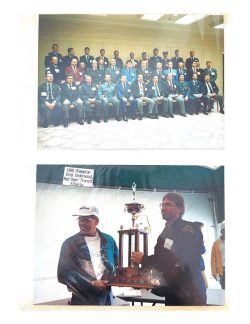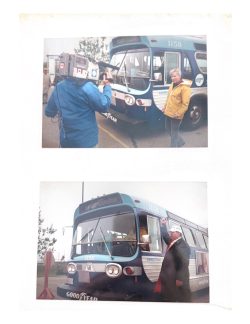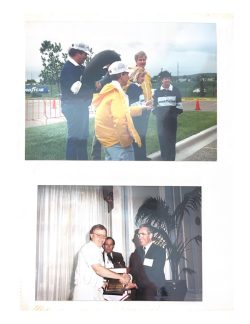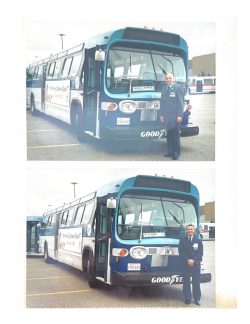From Accessibility to Revitalization, a Look at Canadian Public Transit from 1985-1994
Canada’s transit systems have evolved significantly throughout this decade, shaping city development and improving the daily lives of millions. From subway expansions and light rail projects to the improvement of accessibility of transit systems.
In the early 1980s, Toronto’s transit network achieved significant milestones with the TTC extending its subway lines to Kipling and Kennedy stations, greatly improving citywide connectivity. Shortly thereafter, the Spadina Light Rail Transit (LRT) project was proposed, initiating plans to modernize the city’s streetcar services. By 1985, the TTC introduced the Sheppard Subway line in its Network 2011 plan, which outlined future expansion needs. That same year, the TTC also approved the Harbourfront line, marking the city’s first new streetcar route in over 60 years and signalling a revival of Toronto’s streetcar system. In 1992, construction began on Downsview Station as part of the Rapid Transit Expansion Program.
Meanwhile, on the West Coast, Vancouver made a major statement with the launch of its fully automated SkyTrain system in 1986, which debuted during Expo 86, a world fair with a fitting theme: transportation. This cutting-edge transit system placed Vancouver on the global stage as a pioneer in transit innovation. Around the same time, Calgary’s CTrain was expanding in preparation for the 1988 Winter Olympics, extending service to the University of Calgary, which hosted key venues such as the Olympic Oval and McMahon Stadium, the site of the opening and closing ceremonies.
International events like Expo 86 and the Olympics often serve as catalysts for urban and transit development. These global showcases allowed Canadian cities to highlight transit innovations while emphasizing the importance of efficient, accessible transportation systems, especially during events that bring surges of tourists or new residents.
Speaking of large events, you may have heard of the Calgary Stampede, but have you heard of a Bus Rodeo? In 1990, CUTA hosted its national Bus Rodeo in Calgary, an event that originated in North America just over a decade prior by the TTC. CUTA began sponsoring the rodeo shortly after, aligning it with our annual meeting. The rodeo aimed to raise awareness among the public and elected officials about the safety and professionalism of transit operators. According to a 1983 CUTA brochure, transit systems participating in these events often saw a reduction in passenger complaints and vehicle accidents. Below are some images from the 1990 Bus Rodeo.
By the early 1990s, significant changes were underway. GO Transit extended limited rush-hour train service to new destinations like Barrie, Guelph, and Oshawa, and introduced off-peak service on the Milton line. While Canada’s iconic cross-country passenger train, The Canadian, became Via Rail’s dedicated transcontinental line.
The early 1990s marked a significant shift towards more mobility-conscious transit systems, with many innovations introduced to enhance accessibility. The TTC launched its Community Bus service, offering a convenient option for seniors and individuals with mobility challenges, while BC Transit rolled out North America’s first low-floor buses, representing a major advancement in making public transit more accessible for all.





